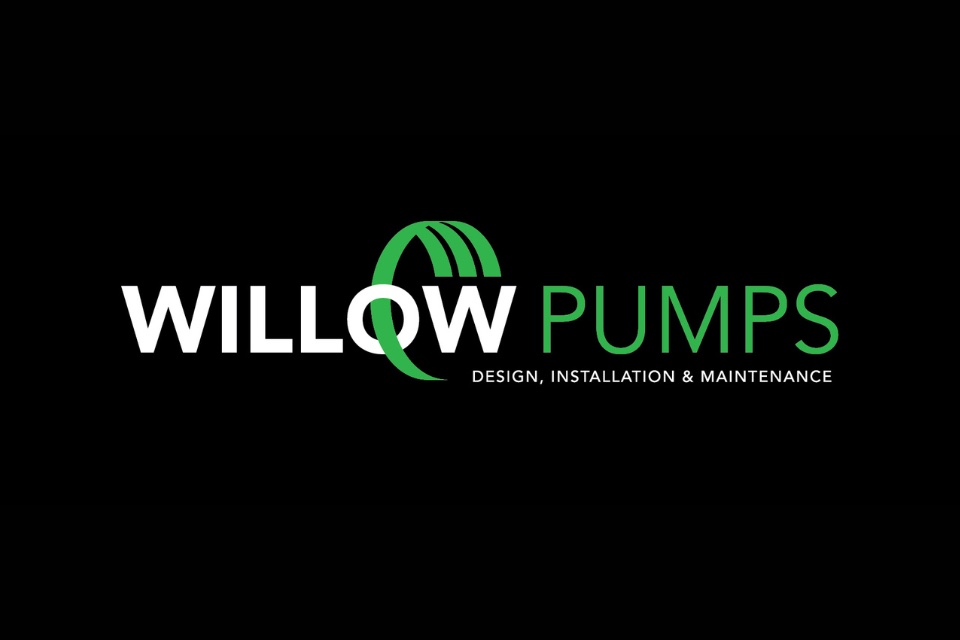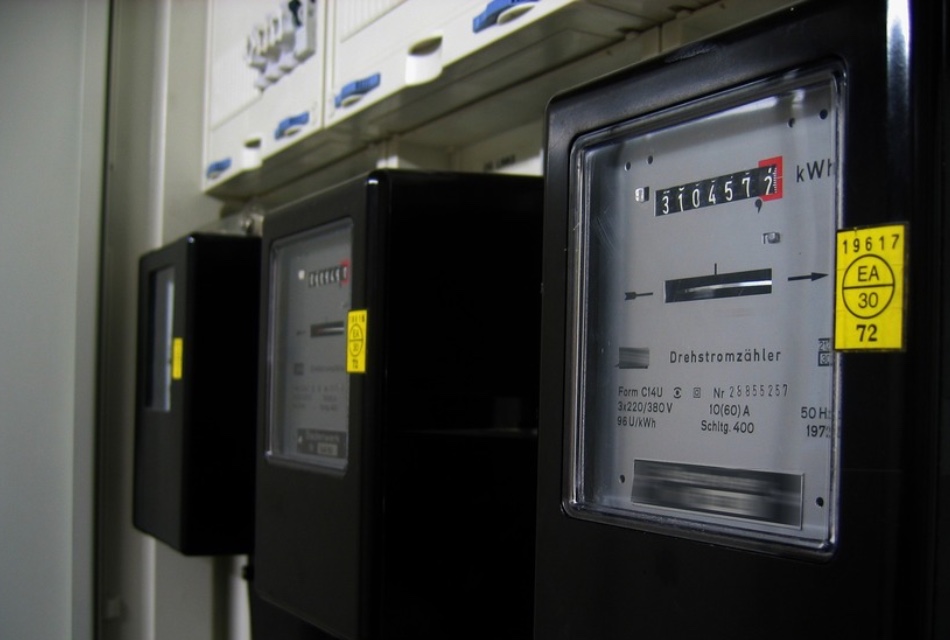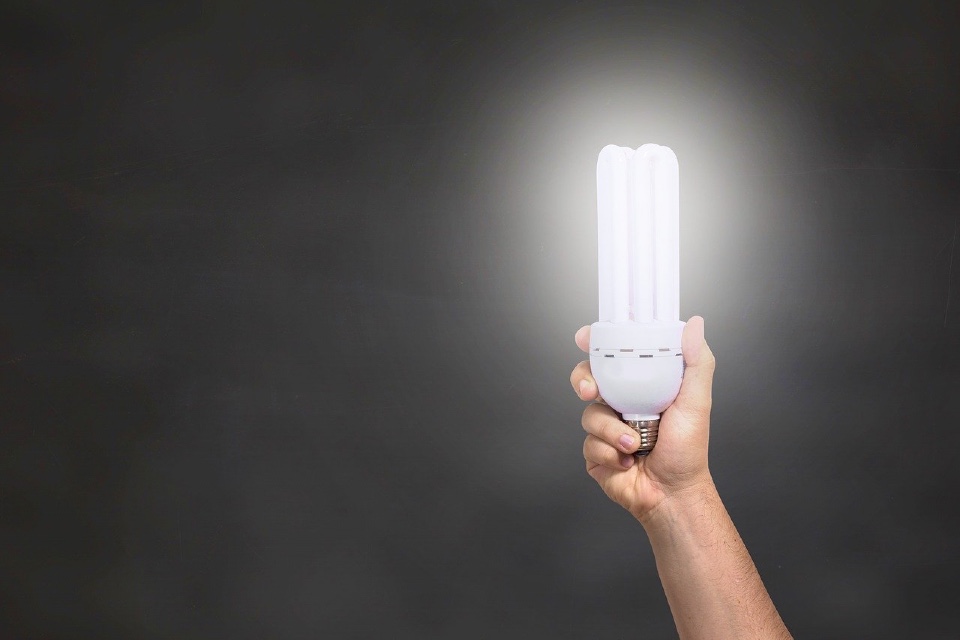This year, the care sector remains in a financially precarious position. According to the Financial Impacts of Covid-19 on Care Homes (FICCH), six in ten of the UK’s care home beds are operated by companies that could go bankrupt should they experience even a mild economic shock. Any future energy cost surges are therefore a threat and active energy management must play a central role in mitigating this danger.
Here are three questions for care home managers to consider when it comes to the way they manage energy;
- How integrated is your approach to energy management?
There are significant benefits to having an integrated approach to energy management, where care homes only use what’s needed.
When it comes to heating, more sophisticated heating controls can be tuned to only operate when they are required. This will depend on multiple factors, namely the differing needs of each care home, but integrating controls enables energy to be used closer to need – increasing efficiency.
2. Where can efficient technology replace existing infrastructure?
Energy efficient technology can provide quick wins with short paybacks.
This includes:
- LED lighting
- Voltage optimisation devices
- Modernised heating equipment including ultra-high efficiency boilers
Here’s one example: through voltage optimization, care homes would match their electricity supply with the supply voltage that is specific to their site’s equipment, not only reducing consumption, but also prolonging the life of equipment and appliances.
If a 230V lamp is run at an incorrect voltage of 240V, then it will fail after 550 hours instead of 1000 hours, drawing nine percent more energy in the process!
3. Could self-generation enable lower cost electricity?
Longer-term options such as self-generation through solar PV panels could provide near zero cost electricity for up to 25 years. Within just four to five years of installation, solar PV technology would pay for itself and have offset the embodied carbon of the initial manufacturing process, making it a cheaper, greener and more secure source.
Care homes can mitigate energy cost fluctuations by investing in a more integrated, efficient approach. Having worked closely with the care sector, including Care UK, Advantage Utilities’ sustainability team has already transformed energy management in numerous care homes through tailored, practical and trusted advice. I would urge any care home to reflect upon the questions above to enhance their own energy management.
For more information visit www.advantageutilities.com.






